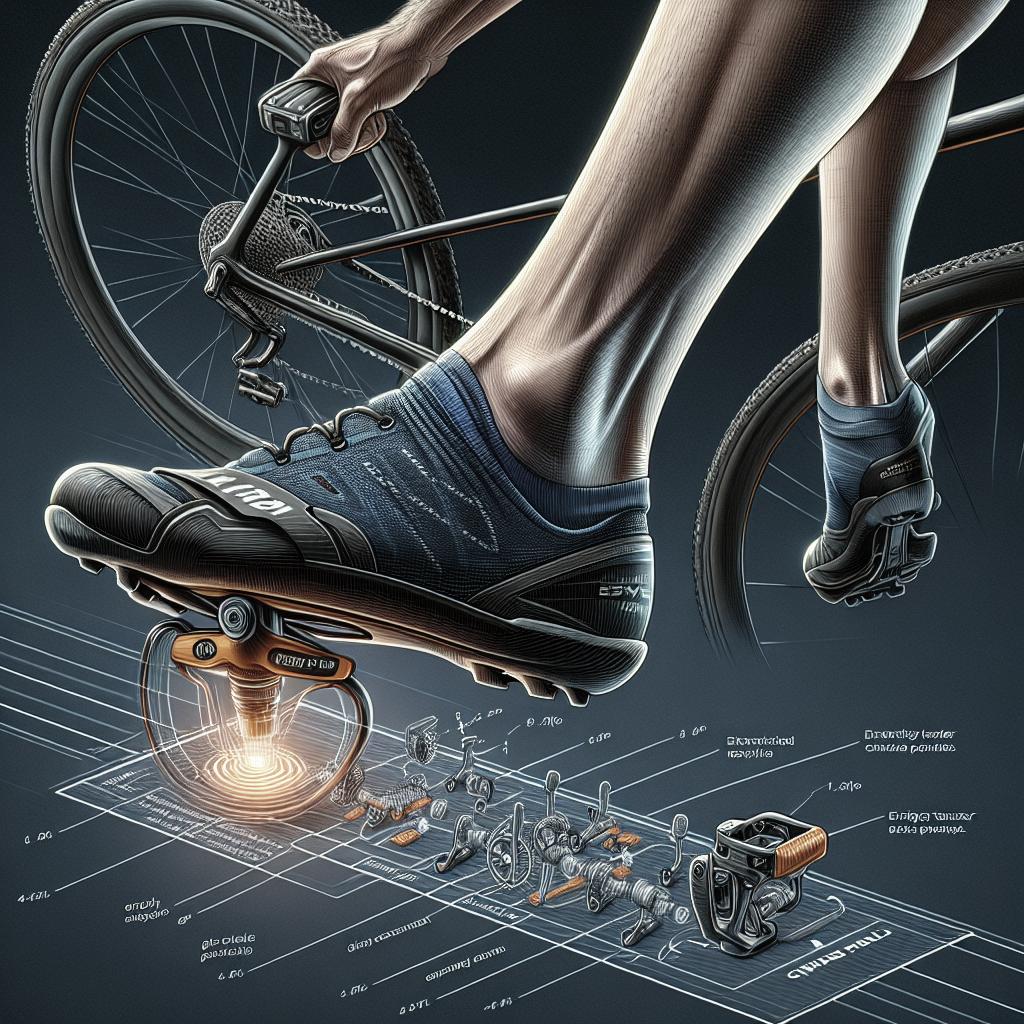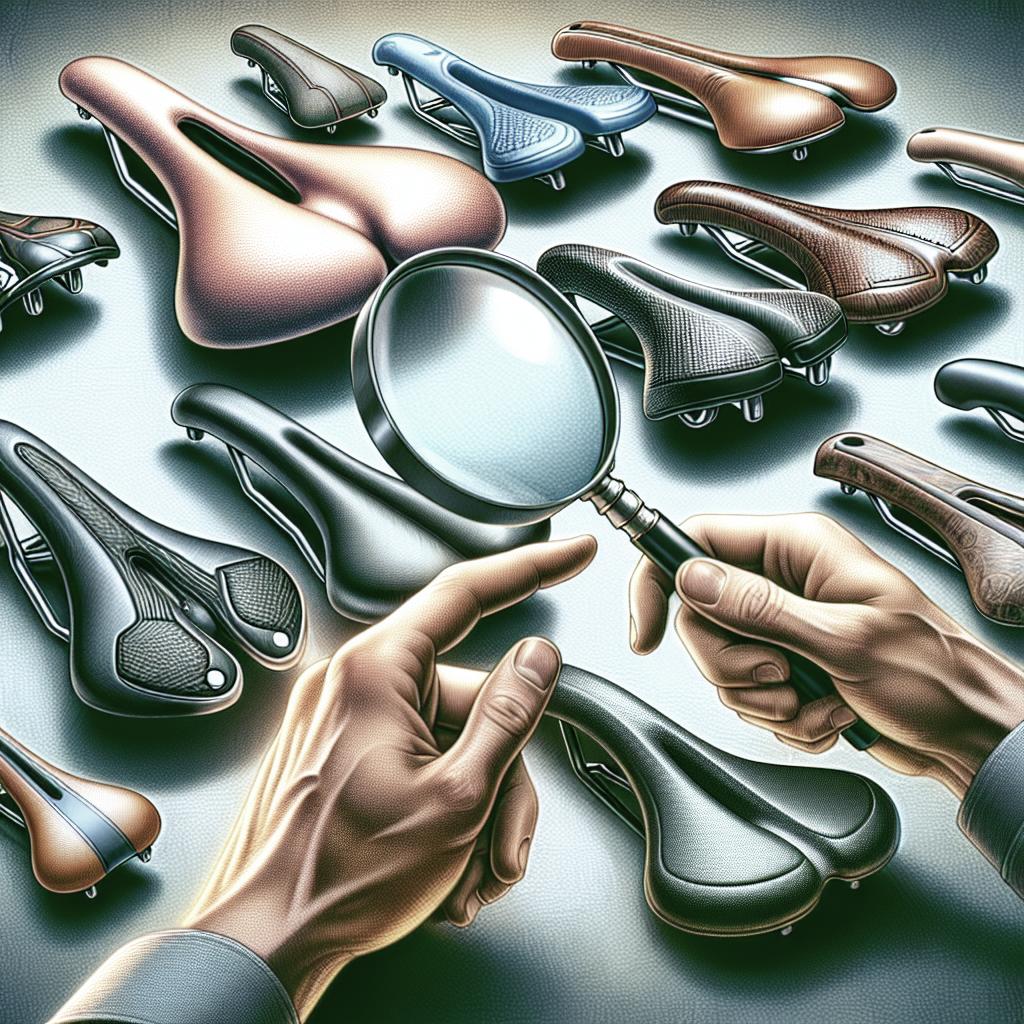“`html
The Benefits of Clipless Pedals
Clipless pedals are often considered a game-changer for cyclists, promising increased power transfer, improved efficiency, and enhanced safety. Despite their name, these pedals actually “clip” in specialized shoes, providing a firm connection between foot and pedal. This blog post delves into the world of clipless pedals by exploring common misconceptions, understanding the mechanics behind clipless systems, weighing the pros and cons, and guiding you on your journey to transitioning to clipless pedals. Whether you’re a seasoned cyclist or a curious beginner, understanding the benefits and limitations of clipless pedals can help elevate your cycling experience.
The efficiency myth
A common belief among cyclists is that switching to clipless pedals significantly boosts pedaling efficiency. The notion suggests that they allow cyclists to pull up on each pedal stroke, thereby increasing power output and overall speed. However, research indicates that the actual gains in efficiency might not be as substantial as traditionally believed. While the data suggests a slight increase, it is not the drastic change many anticipate.
It’s important to note that efficiency isn’t solely about power transfer. Clipless pedals do offer improved control over the bicycle, which can result in better riding posture and less fatigue over longer distances. This enhanced control may psychologically contribute to a perception of improved efficiency. Cyclists find that the direct connection between shoe and pedal allows for smoother pedaling techniques and better energy conservation during extended rides, which might be where the true efficiency lies.
Clipless systems
Clipless pedals require a compatible cycling shoe equipped with cleats that lock into place on the pedal. The mechanism varies between brands, though the general principles are consistent: a spring-loaded cleat on the bottom of the shoe snaps into a bracket on the pedal. Designs vary from the more common SPD and Look systems to specialized road biking variations.
Clipless systems may seem intimidating at first but are designed for easy engagement and disengagement. After some initial practice, most cyclists find that entering and exiting the pedals becomes second nature, helping maintain seamless connectivity while riding. Beyond the technicalities, the security offered by clipless systems allows for a unified experience, where cyclists become one with their machines, resulting in improved confidence on various terrains.
Clipless pros
One of the primary advantages of clipless pedals is the enhanced power transfer. By attaching the cyclist’s foot directly to the pedal, clipless systems prevent wasted energy associated with lifting feet off flat pedals. This connection optimizes the downward force and ensures energy is well-distributed across the pedal cycle. For serious cyclists, this is a significant advantage on climbs and sprints.
Safety is another notable benefit of clipless pedals, as they help prevent slips that can lead to loss of control or injury. Having the feet firmly and correctly positioned reduces the risk of foot strain and discomfort. Moreover, cyclists find that clipless pedals are especially advantageous in rough terrain, as they provide a consistent grip even over bumps and sharp turns.
Clipless cons
Despite their many advantages, clipless pedals come with a few drawbacks. The initial learning curve can be steep, particularly for beginners who may worry about struggling to disengage in time. Falls can happen, particularly at low speeds or during emergency stops, risking injury.
Cost can also be a consideration, as purchasing the complete system (pedals and compatible shoes) requires a more significant initial investment than traditional flat pedals. Maintenance and occasional replacement of cleats add to this expense over time. Cyclists need to weigh these factors against the benefits to determine if clipless systems fit their cycling goals and budget.
I’m sold: clip me in!
For those ready to transition, it’s crucial to recognize the importance of practice. Begin by familiarizing yourself with clipping in and out in a controlled environment, such as against a wall or on a stationary trainer. Building muscle memory for these movements will ensure a smoother transition onto real roads and trails.
Remember, patience is key. Each cyclist’s journey to becoming comfortable with clipless pedals is unique—embrace the learning experience. Once mastered, clipless pedals can open up new cycling doors and push you towards new goals, offering deeper integration with the sport. Happy cycling!
Popular content
- The Best Clipless Pedals for Mountain Biking
- Road Cycling Shoes: How to Choose the Right Pair
- Mastering Cycling Techniques with Clipless Pedals
Further reading
- Clipless Pedal Buying Guide
- An In-depth Look at Clipless Pedal Systems
- How to Choose Clipless Pedals
Future prospects
| Aspect | Summary |
|---|---|
| The efficiency myth | The perceived efficiency improvements from clipless pedals are minor; the true benefits lie in control and energy conservation. |
| Clipless systems | Clipless pedals use compatible shoes and cleats for seamless engagement, offering cyclists a unified riding experience with better control. |
| Clipless pros | Enhanced power transfer and increased safety are primary benefits, especially on challenging terrains or during vigorous cycling activities. |
| Clipless cons | Initial learning curve, cost of equipment, and potential maintenance are drawbacks that need consideration. |
| Transition tips | New users should practice diligently, embracing the learning curve to unlock the full benefits of a clipless system. |
“`


